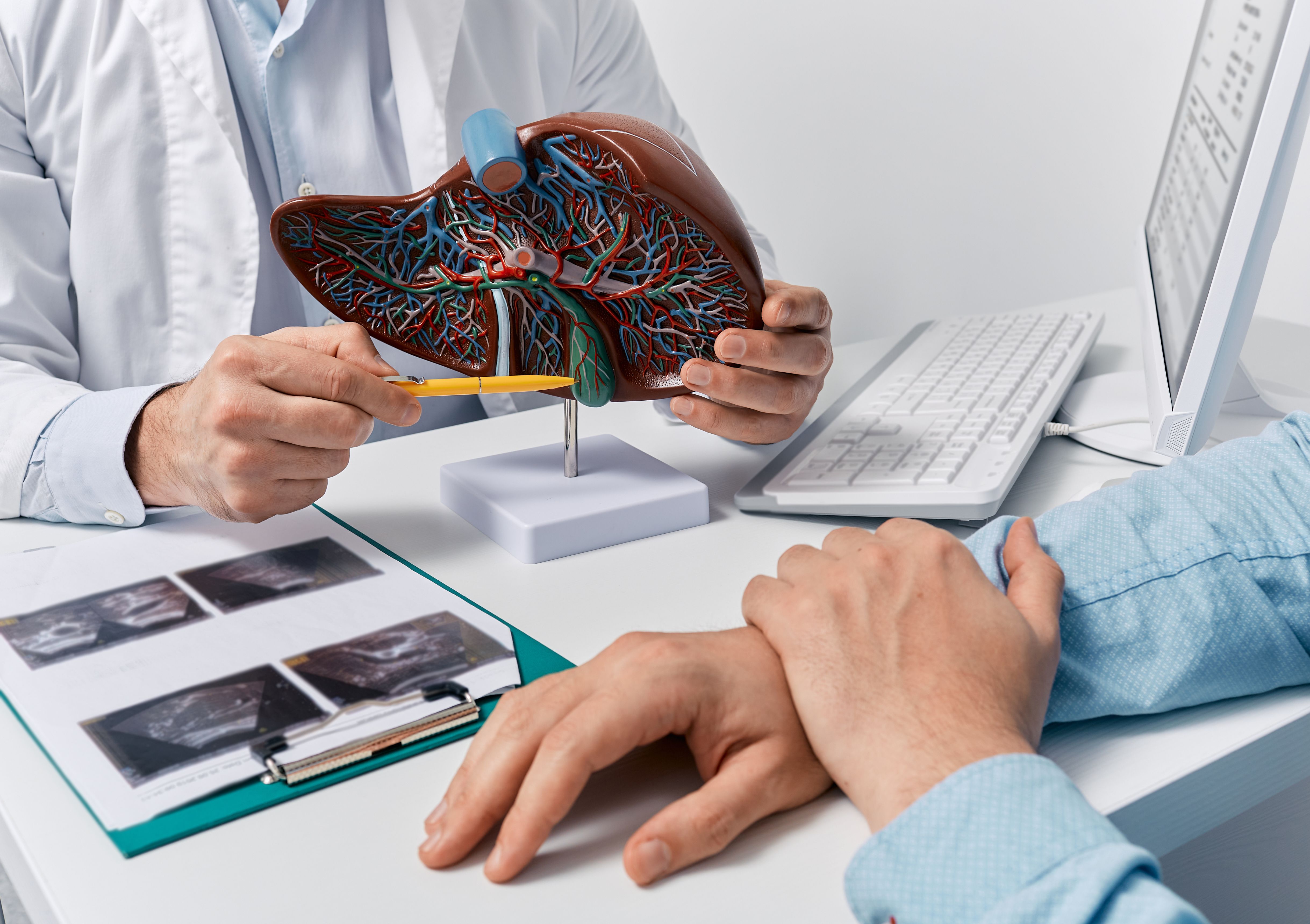Traditional Chinese Medicine’s Effects on Liver Cancer Measured Using New UHPLC–QTOF-MS System
In a recent study led by scientists from Anhui University of Chinese Medicine in Hefei, China, scientists investigated the mechanisms behind what makes huachansu tablets, a type of traditional Chinese medicine (TCM), effective against liver cancer. Their findings were published in the Journal of Pharmaceutical and Biomedical Analysis (1).
Human liver model on doctor's table, close-up. Treatment of hepatitis, cirrhosis and liver cancer | Image Credit: © Peakstock - stock.adobe.com

Of the types of malignant tumors that can threaten human lives, one of the most major types is primary carcinoma of the liver. The most common type of liver cancer, hepatocellular carcinoma, begins in the main type of liver cells (hepatocytes) and is the third leading cause of cancer-related death worldwide, accounting for 80–90% of primary liver cancers and having a relative 5-year survival rate of approximately 18%(1,2). Unfortunately, most patients are diagnosed with advanced HCC due to its complicated onset, and treatment can prove equally difficult since radiotherapy can potentially cause severe damage to liver functions. While targeted therapy through drugs like sorafenib, sunitinib and linifanib can be very effective, they are also prone to drug resistance and adverse reactions.
Traditional Chinese medicine (TCM) therapy has been viewed as an important complementary and alternative therapy, with huachansu (HCS) tablets being a popular medicine for this purpose. However, the exact mechanisms behind how HCS tablets combat HCC have not been completely made clear. To learn more about this dynamic, the scientists established a rat model of HCC using a diethylnitrosamine (DEN) inducer. The HCS tablets’ efficacy was assessed using liver histopathological examination and evaluation of biochemical indicators. A metabolomics method based on ultrahigh performance liquid chromatography–quadrupole time-of-flight-mass spectrometry (UHPLC–QTOF-MS) and multivariate data analysis helped identify differential metabolites related to HCS tablets’ inhibition on HCC. Following this, relevant metabolic pathway analysis was performed to investigate the anti-HCC mechanisms of HCS tablets. These analyses showed that the HCC model group, compared to the control group, showed a notable increase in the values of HCC-related biochemical indicators and tumor nodules; therefore, the HCC rat model was successfully established.
Once HCS tablets were used, the values of HCC-related biochemical indicators decreased, with liver fibrosis and nuclear deformation being significantly alleviated. In total, 15 differential metabolites associated with the anti-tumor effect of HCS tablets on HCC were screened and annotated. This process was done via hepatic tissue metabolomics studies. Analyzing metabolic pathways also showed that therapeutic effects of HCS tablets typically involve pentose and glucuronate interconversions and arachidonic acid (AA) metabolism. Western blotting corroborated that the altering in AA levels after the use of HCS tablets was related to the inhibition of cPLA2α expression in rat liver tissues. Overall, the HCS tablets exhibited certain anti-tumor effects on HCC. Additionally, when combined with further verification at the biochemical level, a metabolomics method based on UHPLC–QTOF-MS can be a promising means of revealing the underlying mechanisms of HCS tablets.
References
(1) Chen, C.; Wu, H.; Fu, X.; Li, R.; et al. A UPLC–QTOF-MS-Based Hepatic Tissue Metabolomics Approach Deciphers the Mechanism of Huachansu Tablets-Based Intervention Against Hepatocellular Carcinoma. J. Pharm. Biomed. Anal. 2024, 239, 115875. DOI: https://doi.org/10.1016/j.jpba.2023.115875
(2) Liver Cancer. Mayo Foundation for Medical Education and Research (MFMER) 2024. https://www.mayoclinic.org/diseases-conditions/liver-cancer/symptoms-causes/syc-20353659 (accessed 2024-4-18
Vitamin D Determination Tested Using Liquid Chromatography–Tandem Mass Spectrometry
May 2nd 2024Scientists from Hangzhou Medical College recently recorded the effectiveness of novel quality control strategies for the determination of vitamin D using liquid chromatography–tandem mass spectrometry (LC–MS/MS).